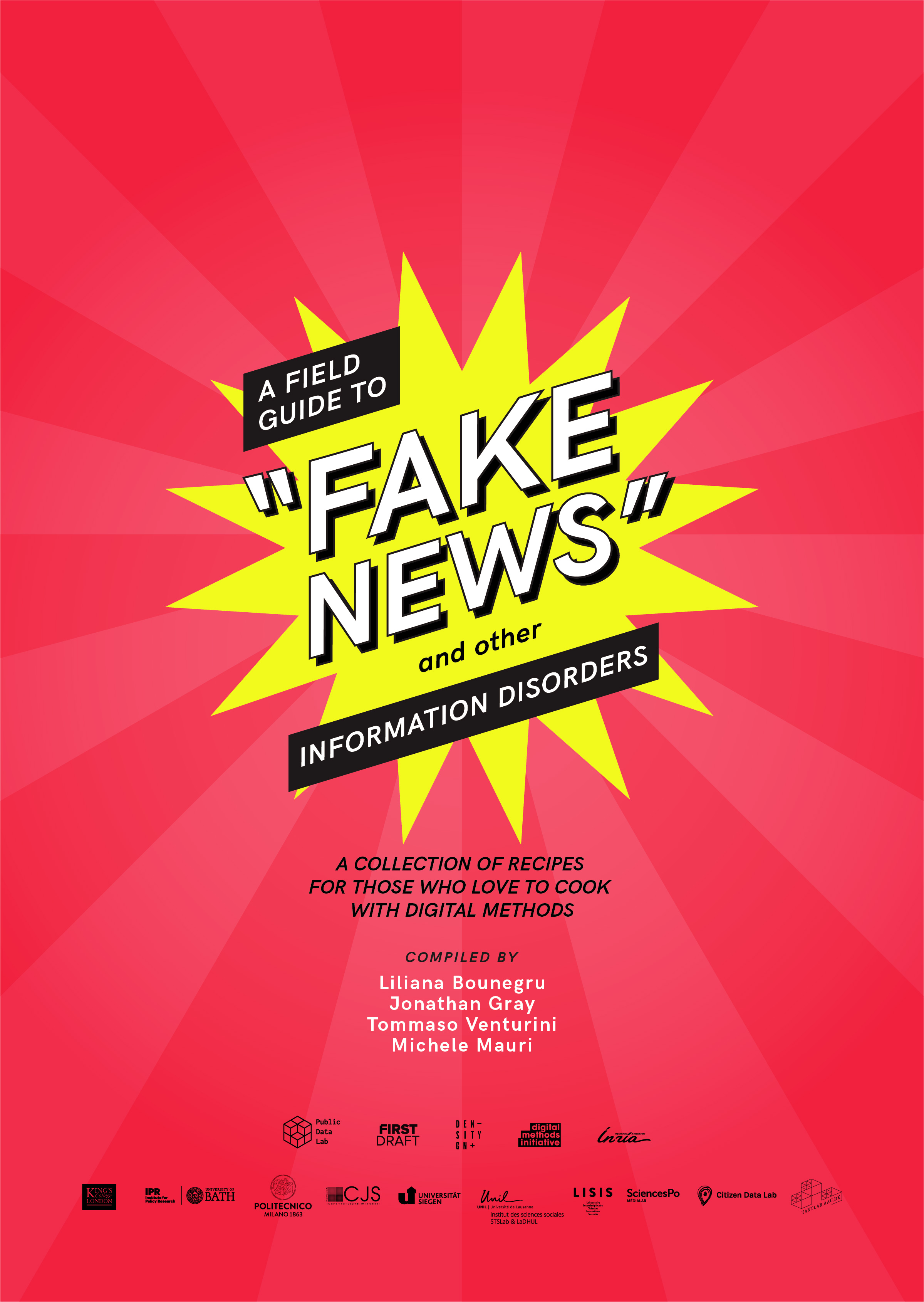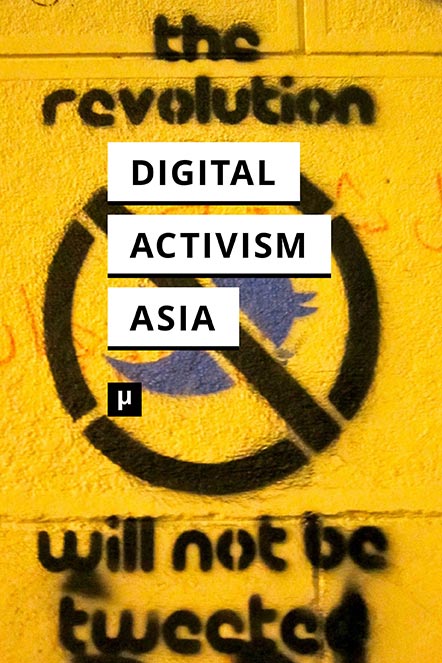A Field Guide to “Fake News” and Other Information Disorders (2018)
Filed under book | Tags: · deception, fake news, internet, journalism, media, memes, politics, social media, trolling, truth, web

“This guide explores the use of digital methods to study false viral news, political memes, trolling practices and their social life online.
It responds to an increasing demand for understanding the interplay between digital platforms, misleading information, propaganda and viral content practices, and their influence on politics and public life in democratic societies.”
Compiled by Liliana Bounegru, Jonathan Gray, Tommaso Venturini, and Michele Mauri
Publisher Public Data Lab, January 2018
Creative Commons BY 4.0 License
211 pages
Amodern, 7: Ephemera and Ephemerality (2017)
Filed under journal | Tags: · archive, ephemera, ink, media, paper, social media, text, theatre

“Like some winged insects, ephemera – the plural of the Greek ephemeron – denotes things that last through the day. Maurice Rickards defined it as “the minor transient documents of everyday life” – bus tickets, business cards, bookmarks. Ephemera describes modern mass media forms such as the newspaper and radio broadcasts, as well as contemporary ones such as email and short message service. Ephemera haunts classical aesthetics, whose pretensions to cultural value and endurance can figuratively efface its own materiality and fragility. Ephemera similarly menaces concepts and practices of history, even when it serves as evidence of the past and the stuff of the archive. Indeed, ephemera problematizes memory itself: Wendy Hui Kyong Chun has theorized that digital media create an “enduring ephemeral” of constantly refreshing, regenerating information, introducing as much instability into computer programs as abides in putatively more fallible, degenerative human memory. With this observation, the paradox of ephemera – that it was meant to be disposable and fleeting, but is instead often kept and collected – comes into view as a central ambivalence of modern mediated life.”
With essays by Christina Svendsen, Mollie McFee, Priti Joshi, Kimberly Hall, Dennis Yi Tenen, Susan Zieger, Lindsay Brandon Hunter, and a conversation with Mita Mahato.
Edited by Priti Joshi and Susan Zieger
Publisher Concordia University and Lakehead University, December 2017
Creative Commons Attribution 3.0 Unported License
Nishant Shah, Puthiya Purayil Sneha, Sumandro Chattapadhyay (eds.): Digital Activism in Asia (2015)
Filed under book | Tags: · activism, asia, internet, internet activism, media activism, participation, politics, protest, social media, social movements, software

“The digital turn might as well be marked as an Asian turn. From flash-mobs in Taiwan to feminist mobilisations in India, from hybrid media strategies of Syrian activists to cultural protests in Thailand, we see the emergence of political acts that transform the citizen from being a beneficiary of change to becoming an agent of change. In co-shaping these changes, what the digital shall be used for, and what its consequences will be, are both up for speculation and negotiation.
Digital Activism in Asia marks a particular shift where these questions are no longer being refracted through the ICT4D logic, or the West’s attempts to save Asia from itself, but shaped by multiplicity, unevenness, and urgencies of digital sites and users in Asia.
This reader crowd-sources critical tools, concepts, analyses, and annotations, self-identified by a network of change makers in Asia as important in their own practices within their own contexts.”
Publisher meson press, Lüneburg, July 2015
Creative Commons BY-SA 4.0 License
ISBN 9783957960511
273 pages
PDF (9 MB, updated 2015-8-13)
Comments (2)
